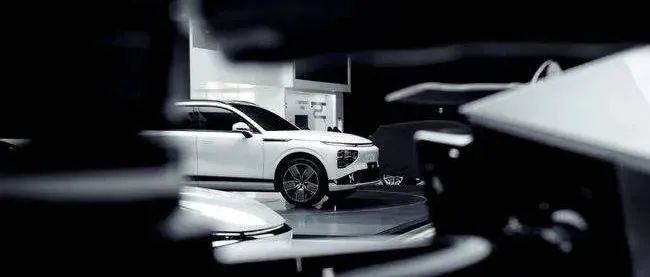Author: Guo hehe
After the Guangzhou Auto Show, the XPeng G9, which only revealed its appearance, has been attracting attention, especially after the recent exposure of the Ideal L9. XPeng couldn’t sit still anymore and released a wave of nine-grid as a new car exposure yesterday. There are some practical information points, but they are not explained explicitly, only keywords are mentioned. The only thing that is certain is that G9, originally scheduled to debut at the Beijing Auto Show, was officially announced to be unveiled in June due to the delayed exhibition caused by the epidemic.
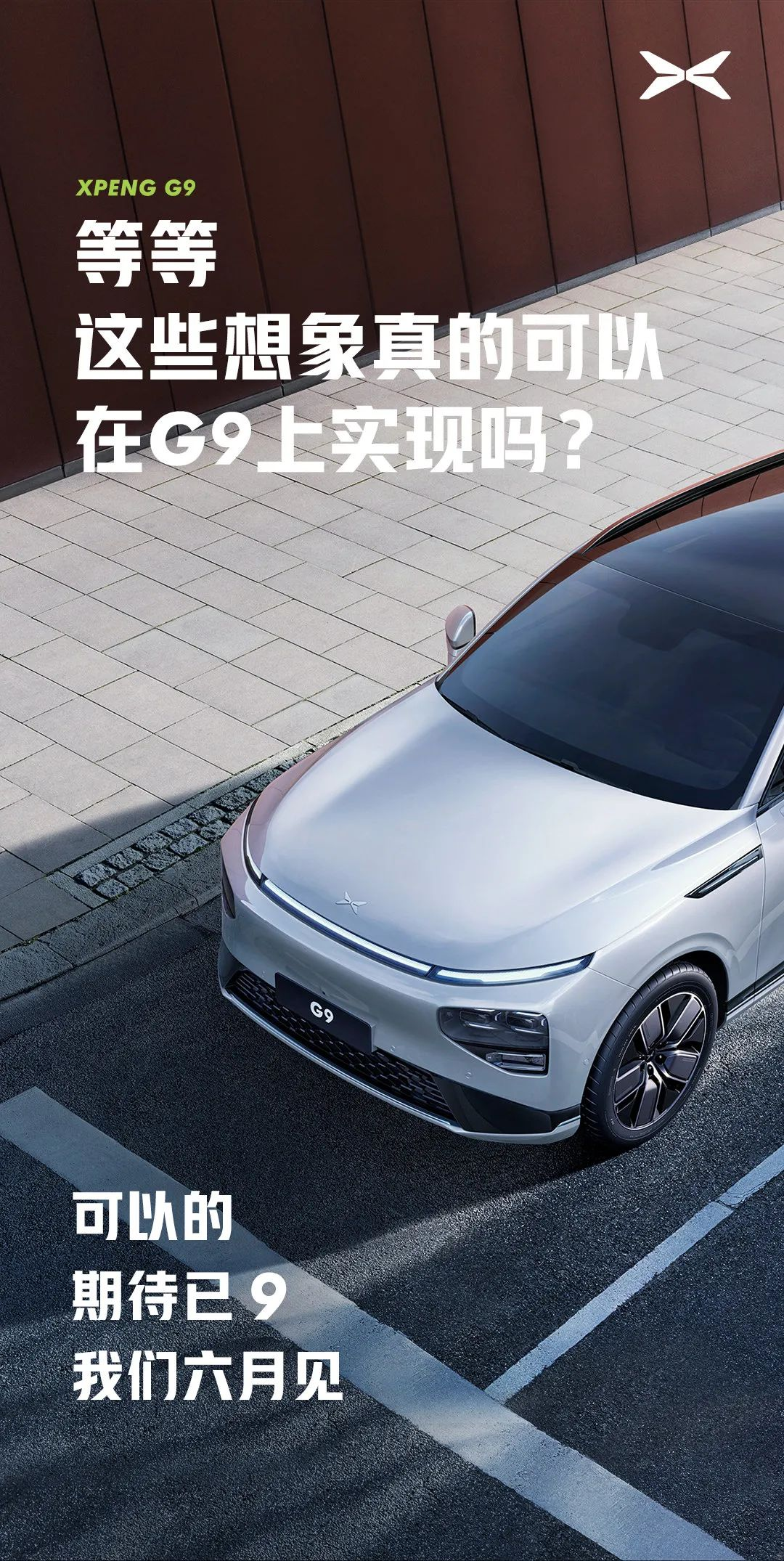
Although it is teasing, it wouldn’t be XPeng’s style if it doesn’t, but in fact, if you look carefully, a lot of points of view and configurations are still revealed. We have summarized a few points for you:
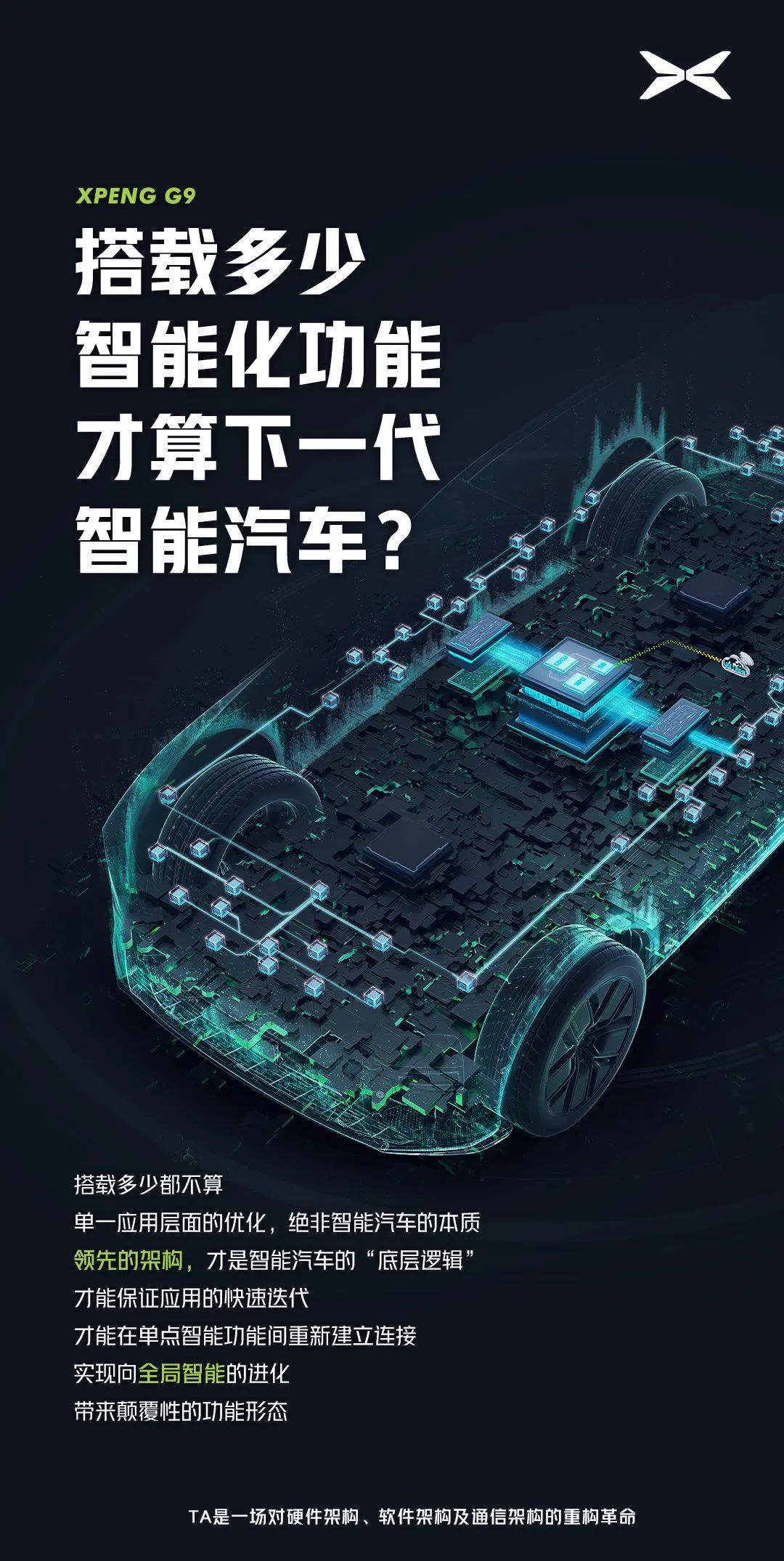
- In addition to high computing power chips, the electrical architecture is also important. In fact, as early as last year’s Guangzhou Auto Show, XPeng revealed some information, such as communication architecture based on Gigabit Ethernet as the backbone, while supporting multiple communication protocols; for example, multiple controllers can synchronize and refresh software, and the OTA time for the entire vehicle can be controlled within 30 minutes. In addition, X-EEA 3.0 electronic and electrical architecture adopts a high-convergence hardware architecture of central supercomputing + regional control. Translated, it means that not only is the response speed faster, the software operating range is wider, and the OTA upgrade speed is faster. After all, electric vehicles are becoming more and more like electronic products for mobile phones. Just having a car machine chip is not enough, but what substantive experience it can bring to users can only be revealed in the official press conference.
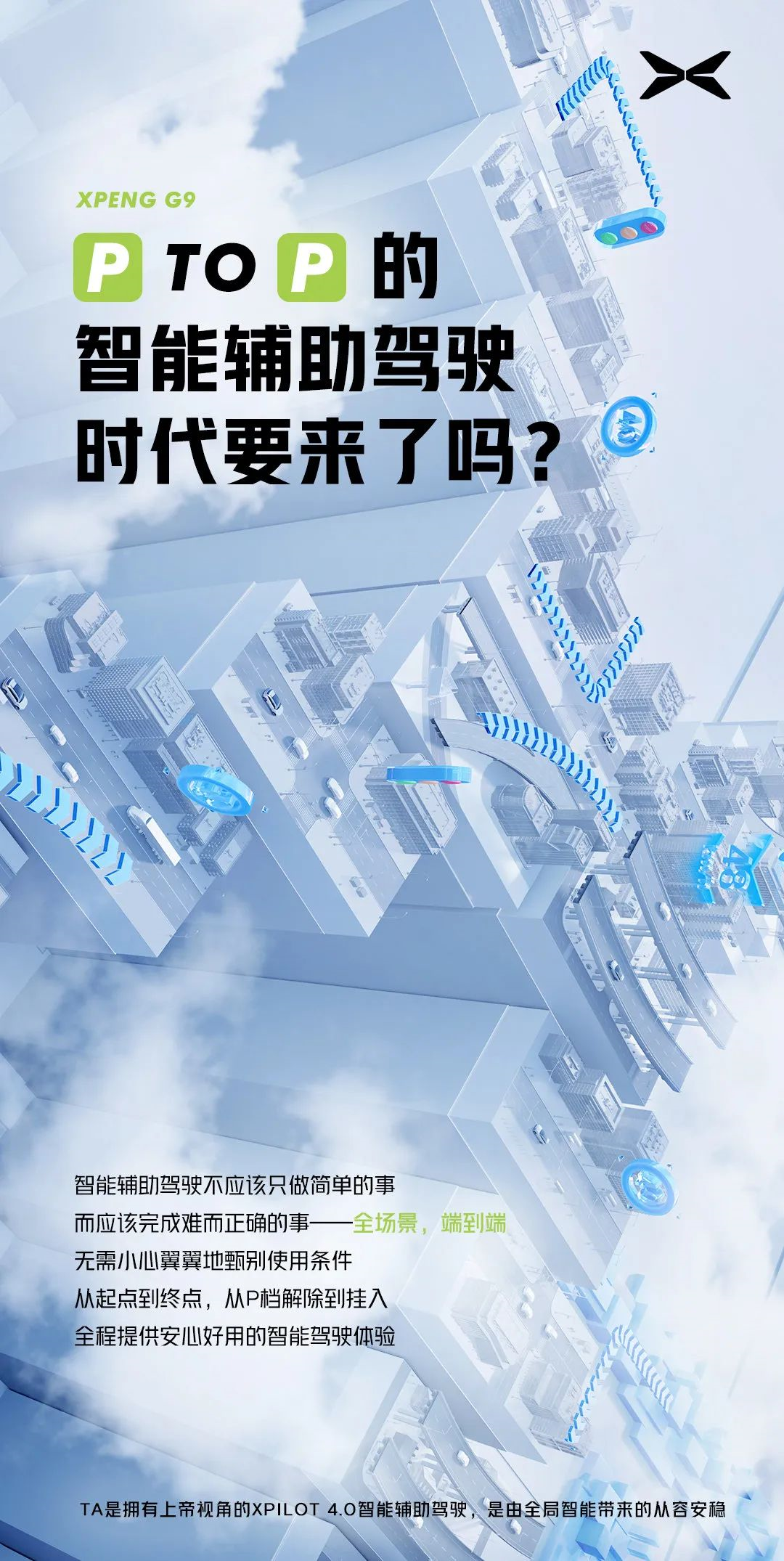
- Assisted driving has always been the focus of promotion for XPeng and even the entire new force brand. At the XPeng 1024 Technology Day last year, XPeng demonstrated the XPILOT 4.0 target for G9 to realize point-to-point assisted driving in parking lots. The main core of Xpilot 4.0 uses two dual Nvidia OrinX chips, with a maximum computing power of 508 TOPS, which is about 17 times higher than the 30 TOPS Xavier chips used on P7 and P5. From the electrical architecture of G9, the surplus computing power may participate in other on-board tasks.
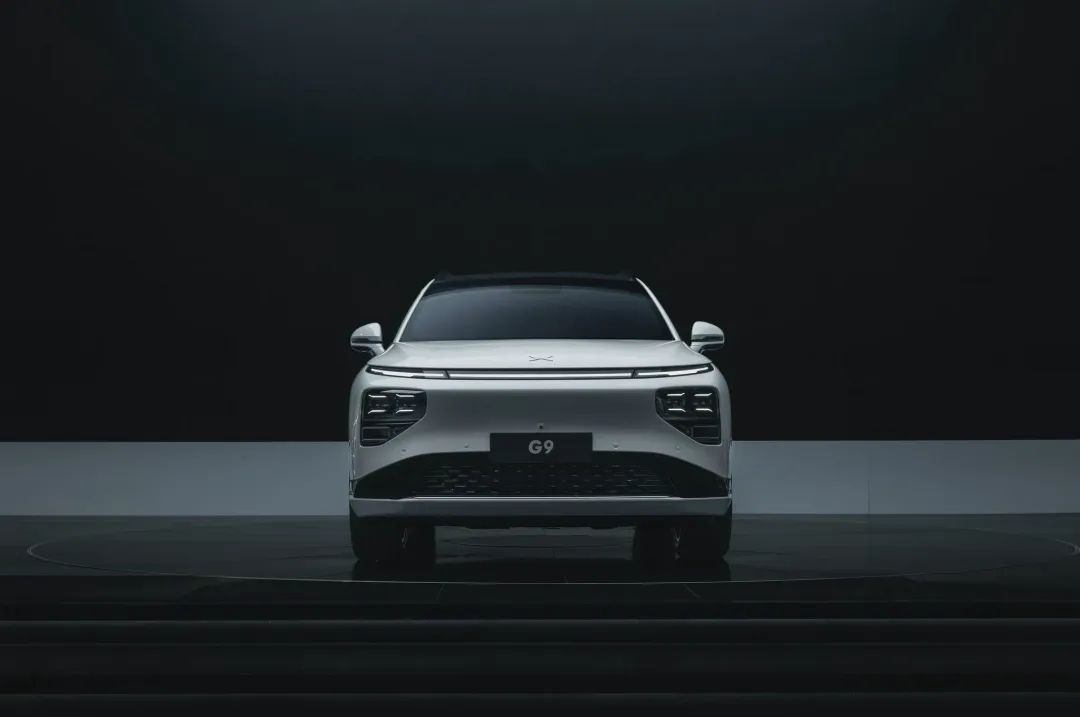 In addition to a more powerful processor, the G9 will also use two Velodyne LiDAR placed under the left and right headlights to improve its ability to recognize obstacles at long and short distances, and increase city NGP safety redundancy. The layout of this LiDAR will look much better than those like the Xpeng P5 or the L9 placed in the corners of the car roof, but its detection field of view will be relatively narrower.
In addition to a more powerful processor, the G9 will also use two Velodyne LiDAR placed under the left and right headlights to improve its ability to recognize obstacles at long and short distances, and increase city NGP safety redundancy. The layout of this LiDAR will look much better than those like the Xpeng P5 or the L9 placed in the corners of the car roof, but its detection field of view will be relatively narrower.
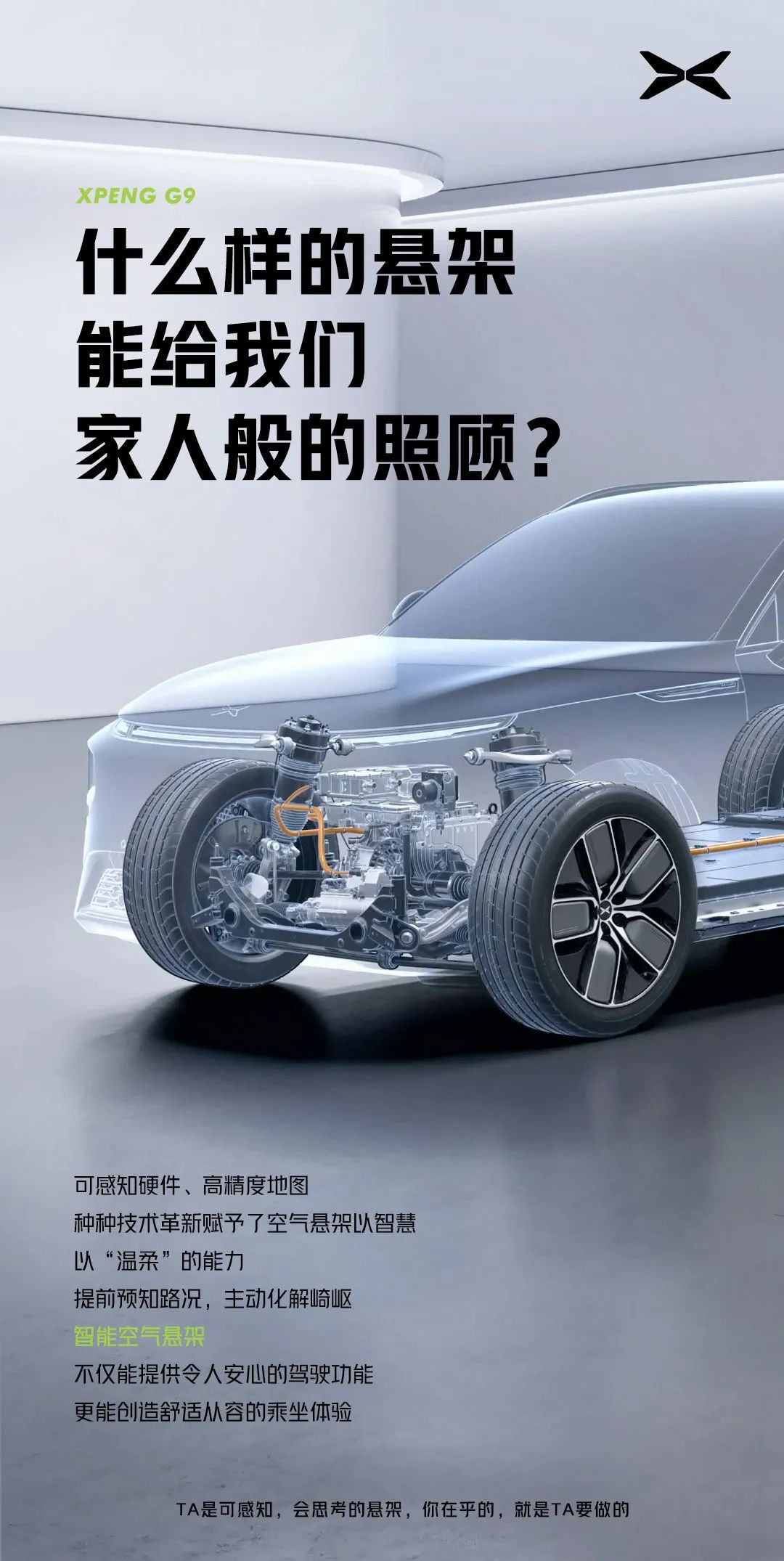
- The air suspension has been used on the chassis component, making it the first Xpeng model equipped with air suspension. According to previous information disclosed online, this air suspension system is self-developed by Xpeng. It not only realizes the basic function of raising and lowering the car body but also allows the auxiliary driving cameras to participate in dynamic adjustment of the air suspension. By visually identifying the ups and downs or unevenness of the road, the suspension height and softness/hardness will be dynamically adjusted to achieve a better driving experience. In the past, electromagnetic suspensions like GM’s MRC would achieve adaptive adjustment of the suspension softness/hardness through ultra-high scanning speed. However, I am quite looking forward to the effect of processing it through cameras.
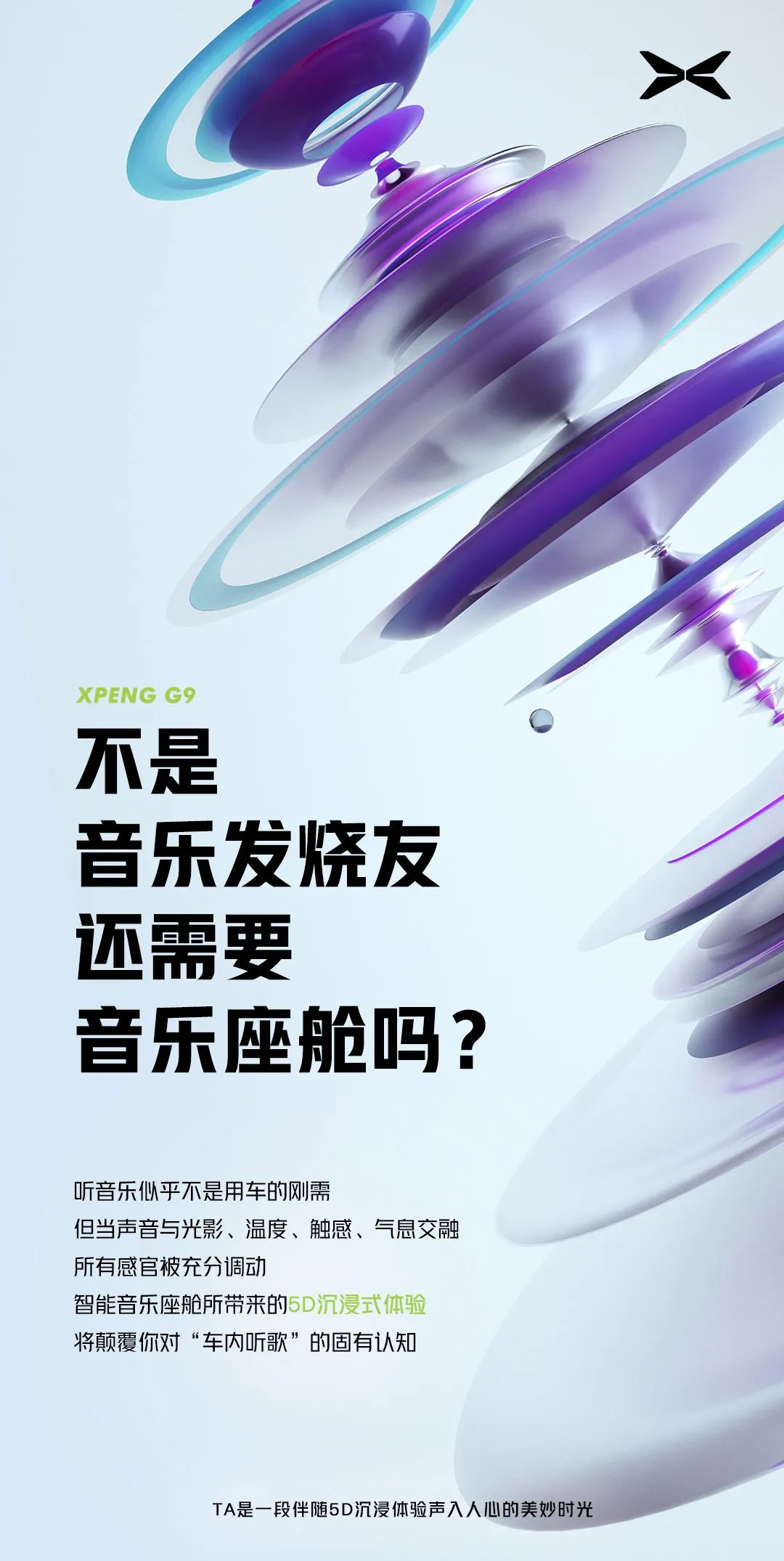
- Listening to music is only a part of the cockpit needs. Xpeng’s cockpit needs to deliver a 5D immersive experience. It is interesting to note that the Ideal L9 also used the sound system as a selling point in its previous disclosures, but L9 went for a home theater-like route, delivering 4D sound effects with high-power speakers and seats. My personal guess is that Xpeng’s 5D will be based on 4D seat vibration, with the addition of ambient light linkage and aroma systems. After all, one cannot simply add a water sprinkler inside the car. I personally think this feature is nice-to-have, but the use-case may be limited. However, judging from the sound performance of the Danaher audio system on P7, G9’s sound performance should also be good. However, considering that the G9 has frameless doors, this poses a challenge to its internal noise reduction level.
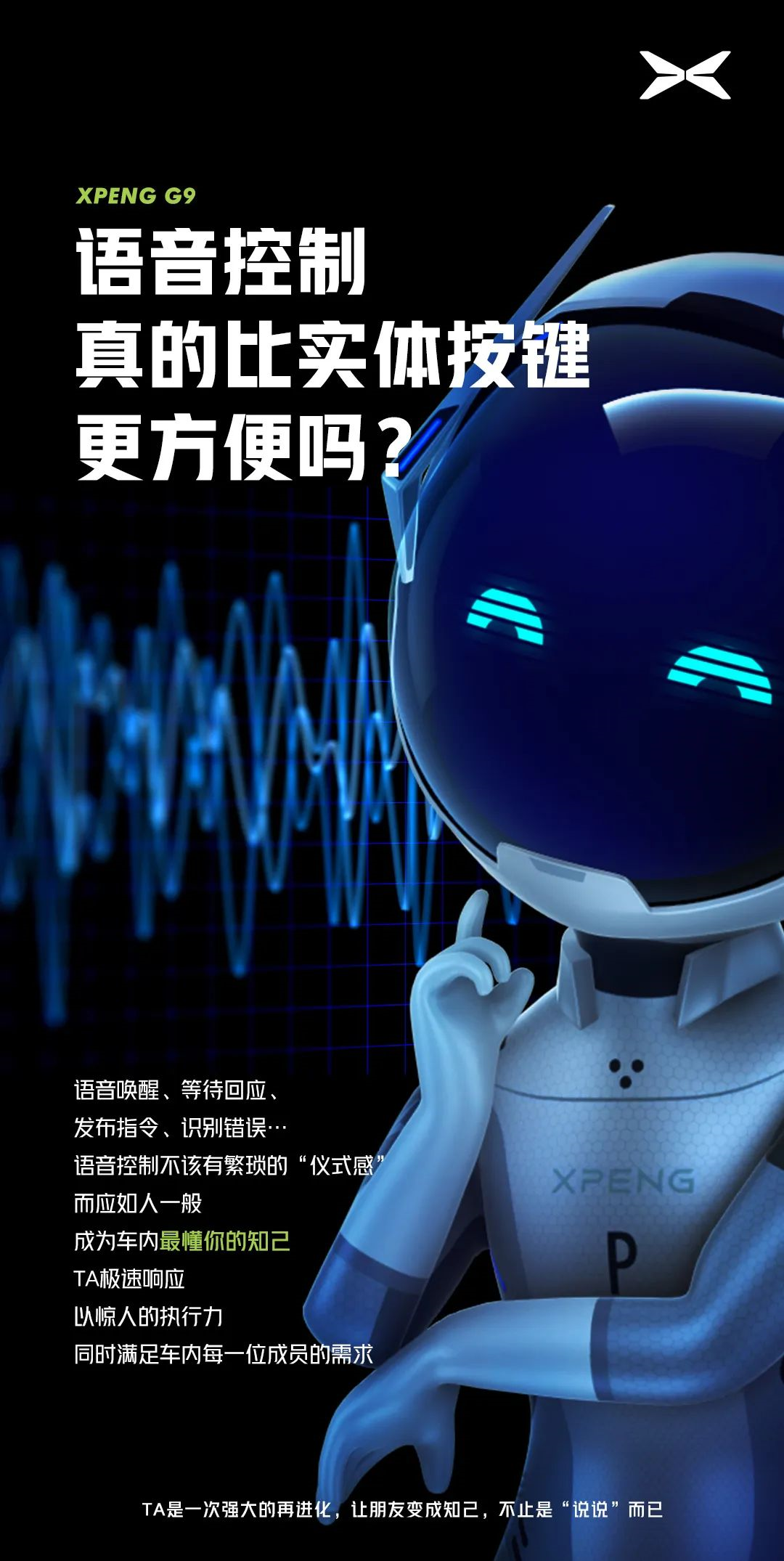
- In addition to autonomous driving, Xpeng’s most skilled area lies with their voice assistant “Xiao P,” which can accomplish almost all operations through voice commands and even multitasks without being activated repeatedly by a wake-up word. Based on the poster, it is possible that the G9’s voice assistant can be activated without any wake-up words, and can be activated by passengers of different seats similar to what Nio does.
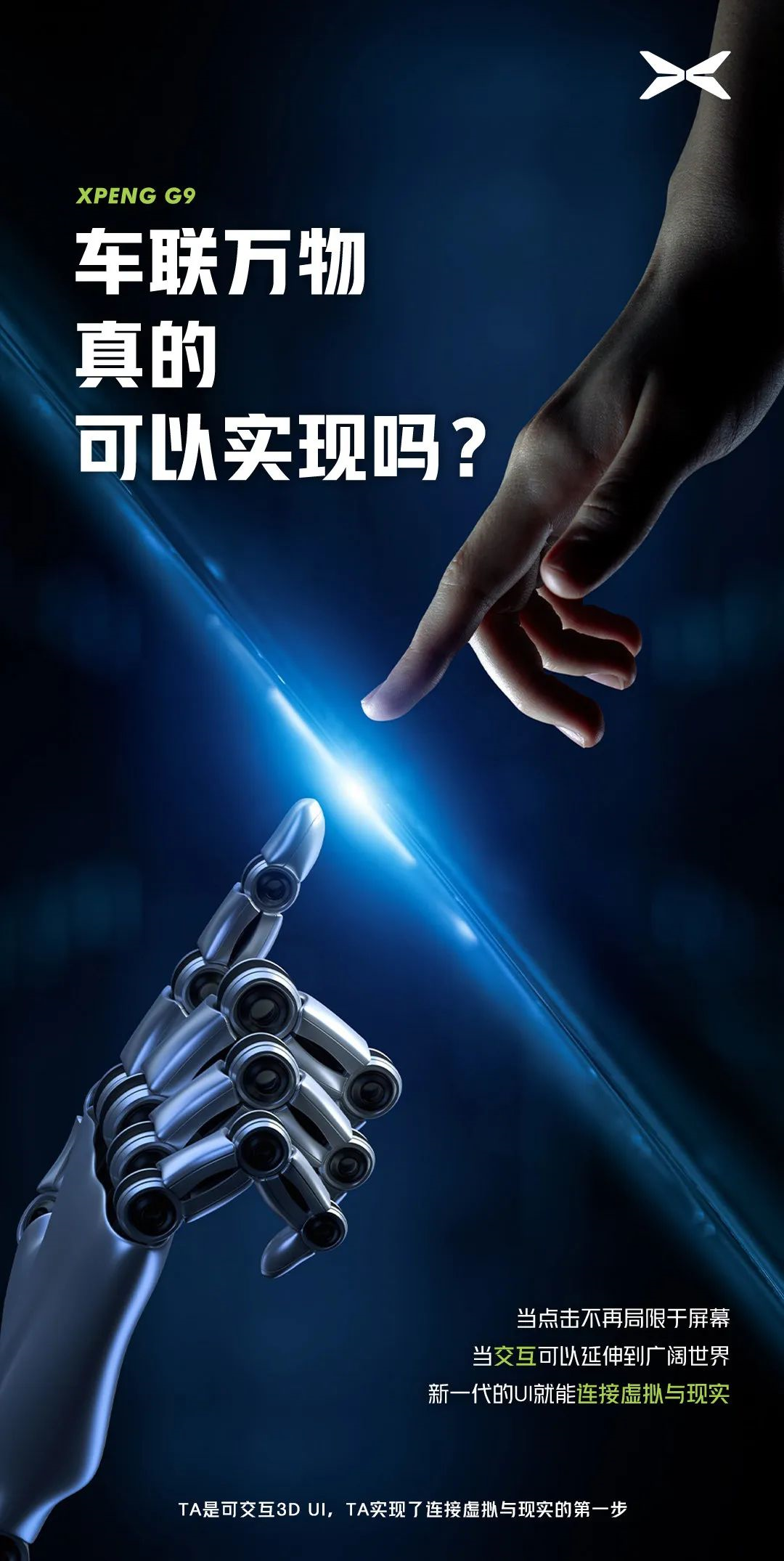 6. Compared to most 2D planar interaction UIs implemented by touchscreens, the XPeng G9 can achieve 3D UI and is no longer limited to the screen. Currently, I don’t have too many ideas about this. Hopefully, it won’t be a gimmicky gesture operation like BMW’s wave-to-skip-song feature.
6. Compared to most 2D planar interaction UIs implemented by touchscreens, the XPeng G9 can achieve 3D UI and is no longer limited to the screen. Currently, I don’t have too many ideas about this. Hopefully, it won’t be a gimmicky gesture operation like BMW’s wave-to-skip-song feature.
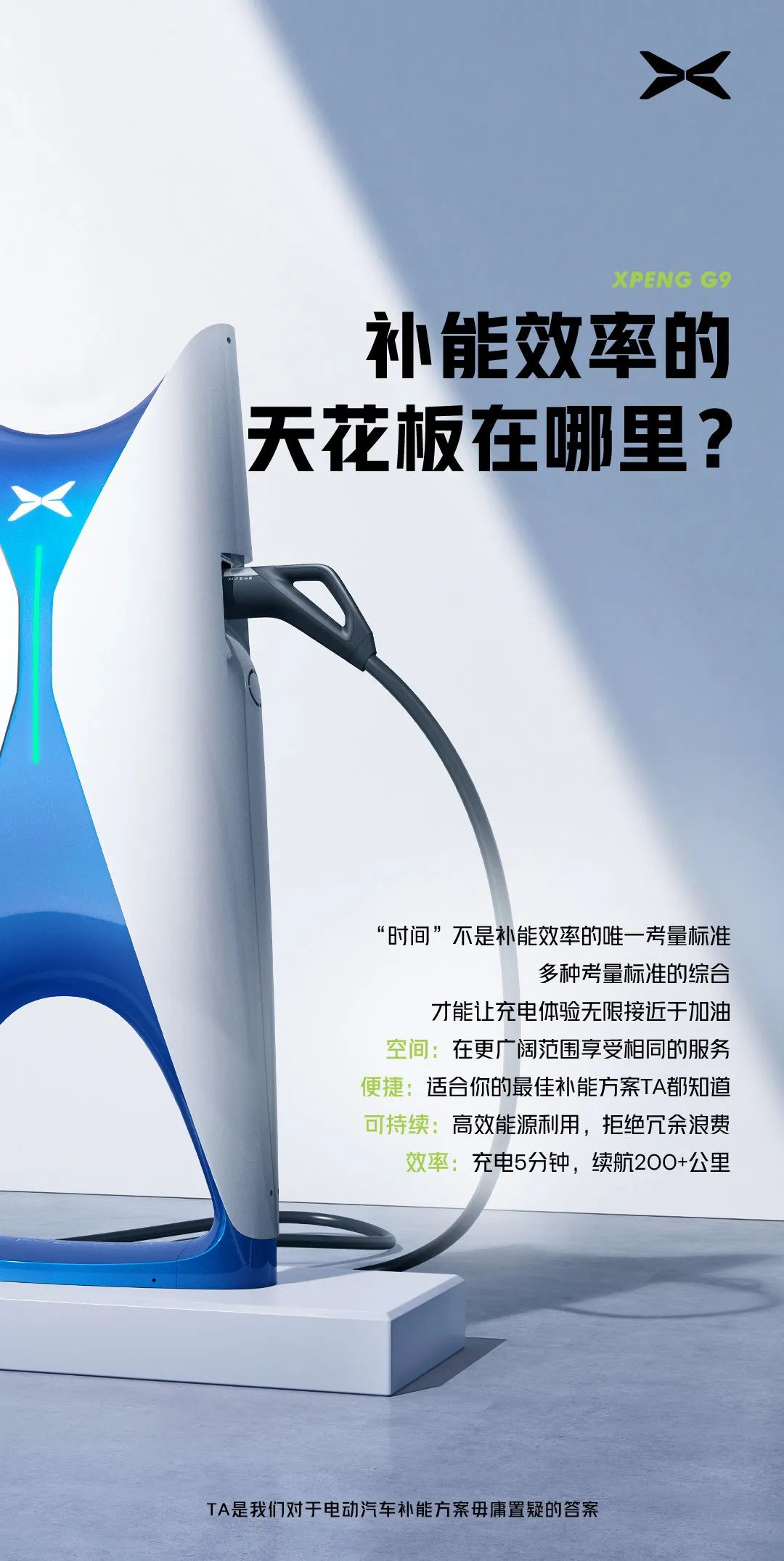
- In terms of energy replenishment, XPeng claimed that G9 can charge for 200+ km in 5 minutes, which I think is the biggest highlight of G9’s exposure this time. Actually, this must be a theoretical value calculated according to the CLTC standard. Combined with the previously disclosed 800V platform, the G9 can achieve a maximum charging power of 480 kW. My guess is that the battery pack of G9 should be about 100 kWh, and the driving range should be more than 800 km. However, the charging rate still depends on the charging infrastructure, and Porsche Taycan is a good example of this.
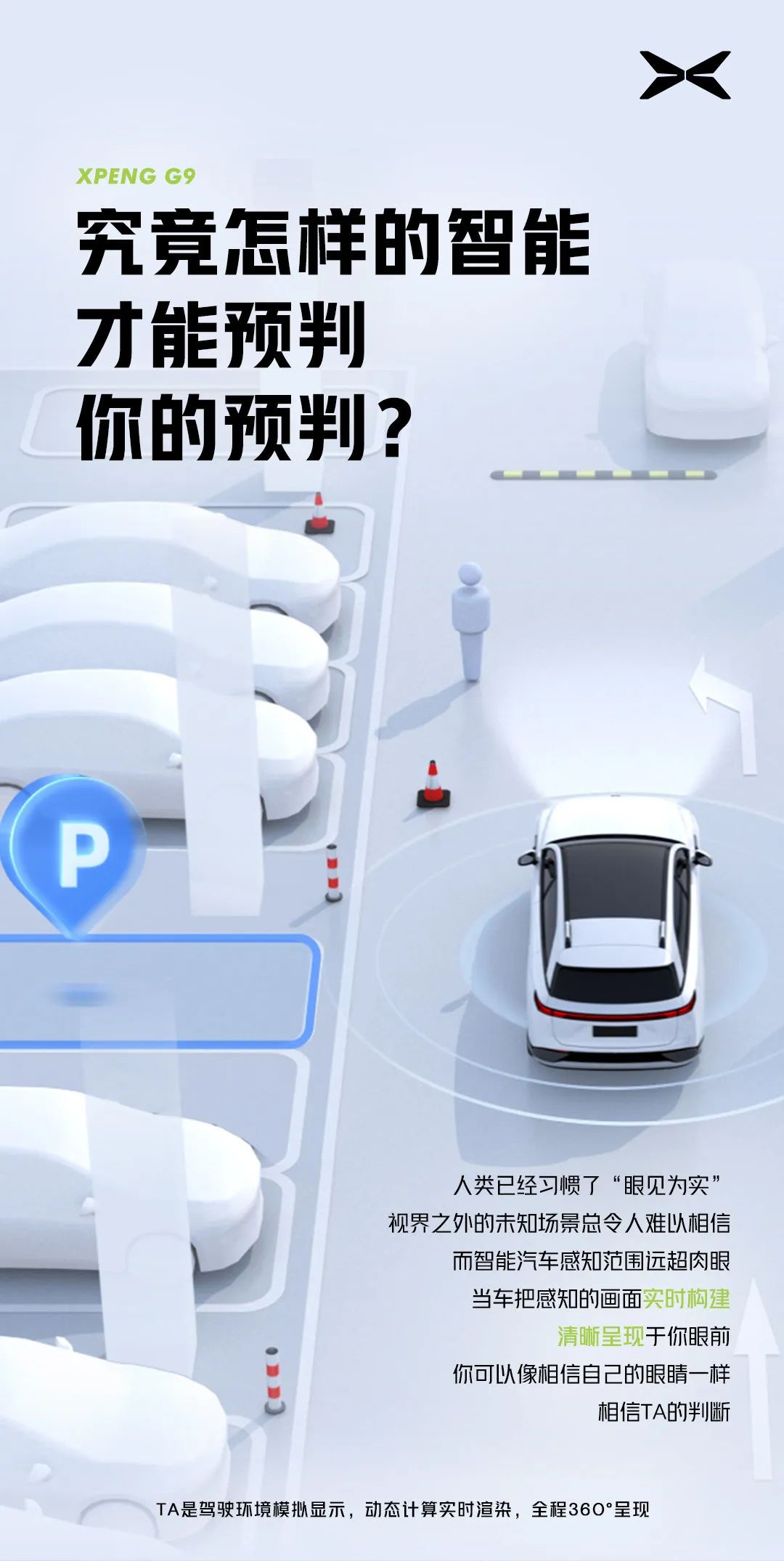
- XPeng can achieve more powerful visualization display, with real-time 360-degree presentation. I guess it may use cameras to scan and model the surrounding environment, presenting a 3D visualization scene.
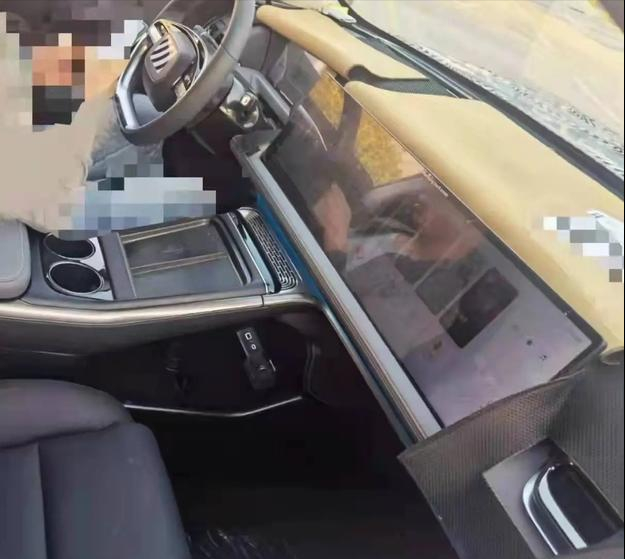
XPeng has not revealed anything about the interior of the new car, but based on the spy photos taken before, it is similar to the P7’s central control, with a long screen, and there is no instrument panel behind the steering wheel, but a LCD screen is equipped, which is a design that many new forces like to use.
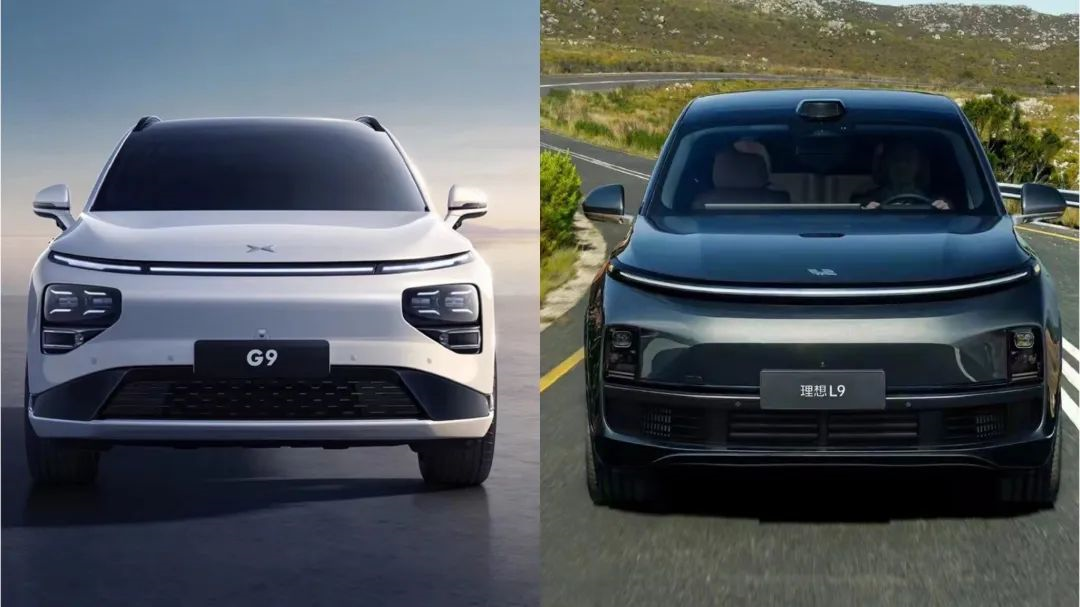
Despite the high resemblance in appearance to the Li Auto L9, and both cars’ main target is family travel, from the perspective of interior and model positioning, the audiences of the two cars are not the same group of people, especially in terms of power, one is fully electric and the other is extended-range. These two cars should not be in a competitive relationship. Additionally, XPeng G9’s global positioning needs to shoulder the important responsibility of promoting XPeng’s brand. Whether its ultrafast charging can compete with battery swapping and become a new weapon to solve consumer’s range anxiety, and whether its pricing is reasonable, will be crucial factors for whether XPeng G9 can be hotly sold. Next, let’s see how many surprises XPeng can bring us.
This article is a translation by ChatGPT of a Chinese report from 42HOW. If you have any questions about it, please email bd@42how.com.
